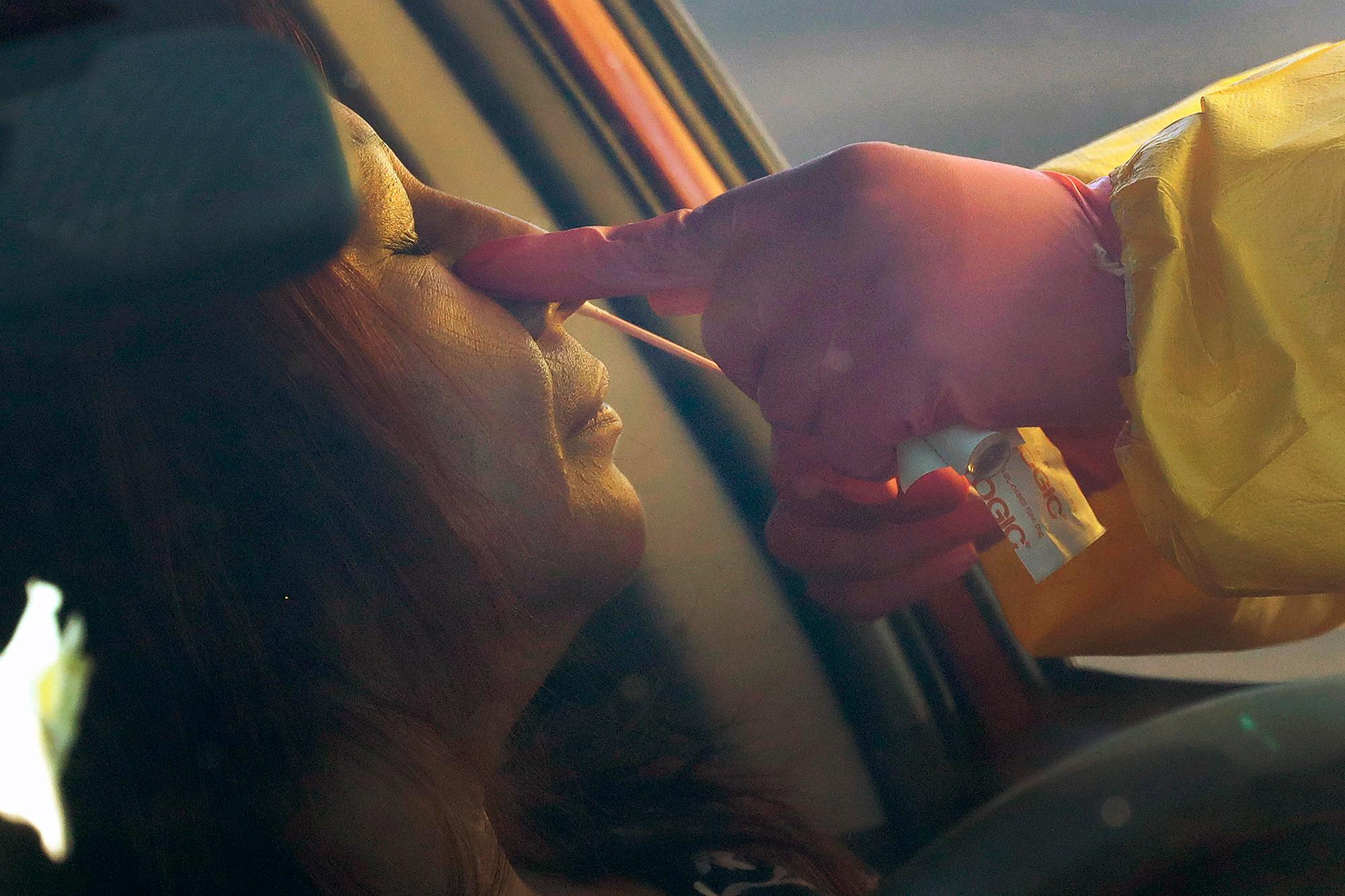
During a recent conversation with Arizona’s governor, Gov. Jared Polis offered moral and material support from Colorado to its southwestern neighbor.
The call was marked by the reality that the two states have pretty much traded places during the current pandemic. Colorado was hit earlier by the coronavirus outbreak, while the number of infections in Arizona has exploded over the last two months. And if the current trends continue, it’s possible that Colorado will use its beefed-up hospital system to take on extra patients from Arizona.
“Colorado has some of the best health care professionals and facilities in our country, and it’s not uncommon for patients to be transferred across state lines in order to receive the best care possible or because of personal preference or other health reasons,” Conor Cahill, a spokesman for Polis, wrote in an email.
Colorado’s daily case count peaked in April, but then the state’s pandemic restrictions appeared to “bend the curve” and drive down infections.
In Arizona, caseloads have rocketed past what Colorado saw, seeming to grow uninterrupted in June and July. Arizona has reported more than 4,000 new cases on some recent days — more than quintupling the worst days in Colorado.
Arizona has recently reported more new cases per capita than any other state, with more than 25 percent of tests coming back positive recently and hospitals nearing capacity.
“Arizona has seen just enormous growth in case volume in recent weeks — that exponential growth in cases, which is a signal that you’ve got widespread community transmission going on,” said Glen Mays, who chairs the Colorado School of Public Health.
“We had that (pattern) much earlier — and we haven’t seen that kind of case growth in a number of months,” he added.
Colorado’s case counts have started edging upward again, but Polis has described the state as a “positive outlier” amid the outbreak’s surge across much of the West.
Here are three major differences that Mays noted between Colorado and Arizona’s epidemics:
- Colorado has had stronger restrictions in place for a longer period of time. Arizona Gov. Doug Ducey reopened his state relatively quickly, allowing different types of businesses — including restaurants, gyms and pools — to reopen several weeks earlier than in Colorado. (Though Polis has also taken criticism for reopening parts of the state too quickly and for leaving decisions on mask mandates to local leaders.)
- Colorado’s leadership has had more consistent messaging about the risks of large gatherings and outdoor settings, Mays said. And that’s affected public behavior. “We don’t have great data on things like the compliance,” he said. “But it certainly looks like the population in Arizona has been much more mobile in terms of making trips outside the home.”
- Arizona’s major cities are in hot desert environments. That encourages people to spend more time inside air-conditioned buildings, where the virus may circulate more easily.
To date, Arizona has confirmed about 110,000 cases in total. That’s about three times more than Colorado.
Arizona can still recover from the situation it currently finds itself in, Mays said.
The difference between the reported deaths related to COVID-19 in the two states isn’t nearly as stark. Arizona has seen about 2,000, compared to about 1,700 in Colorado, according to data compiled by The New York Times.
But Arizona’s cases have climbed sharply in recent weeks, along with hospitalizations. And an increase in deaths could follow.
It’s unclear when, if ever, Polis would have to fulfill his promise of interstate aid. But it’s a common strategy for catastrophic situations. The federal government has coordinated those kinds of exercises in Colorado, including one in 2012 that involved landing a Blackhawk helicopter on the roof of the Denver Health Medical Center.
“There’s definitely a model for how to do this. It’s not unheard of. It’s practiced,” said Julie Lonborg, vice president of communications for the Colorado Hospital Association.
In that 2012 practice scenario, the National Guard set up a triage area at Denver International Airport and dispatched simulated patients from Utah to area hospitals. Hospitals also could bring patients by jet through the Centennial Airport if necessary, Lonborg said. It could be a natural fit for a medical group like Banner Health, which is headquartered in Phoenix and has a presence in northern Colorado.
It’s also possible to accept patients in the “field hospitals” set up by the U.S. Army Corps of Engineers in Denver and Loveland, which haven’t yet been used.
In the meantime, Colorado’s public officials and medical leaders are preparing for their own uptick in the novel coronavirus.
In the initial outbreak, “we had individual hospitals that were very busy and inching toward their capacity. But the system as a whole was nowhere near its capacity,” Lonborg said. “And what we would expect is that we’ll have pockets of outbreaks, if you will — areas of the state that have higher caseloads than others.”
That should leave plenty of room to help other states if necessary, Lonborg said.









